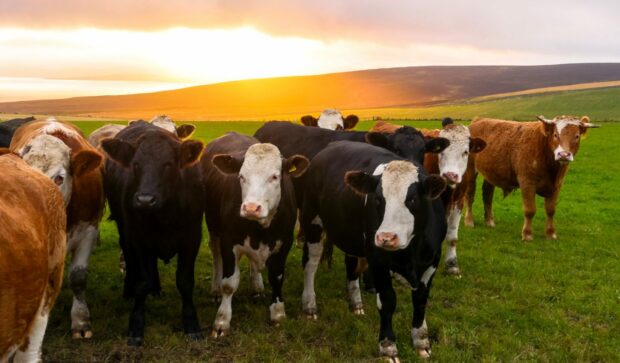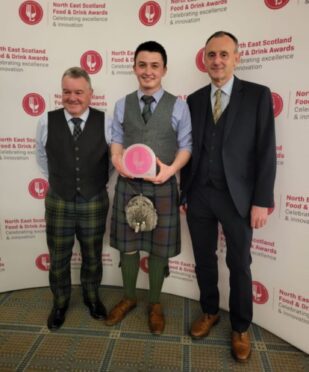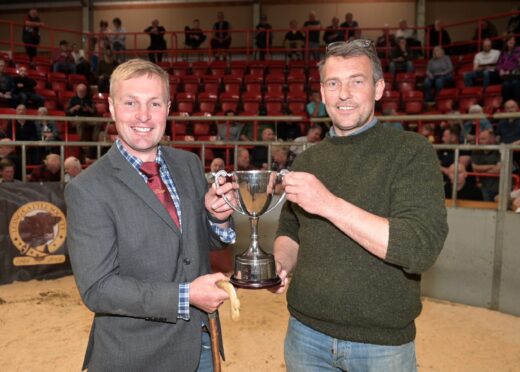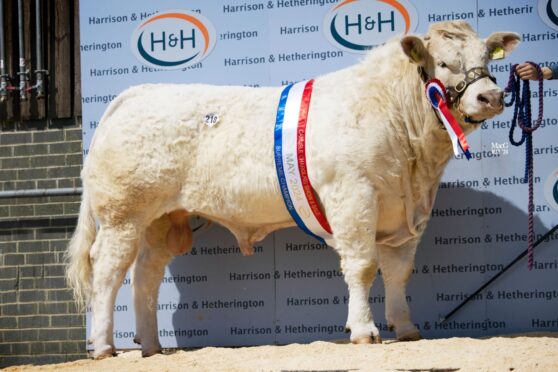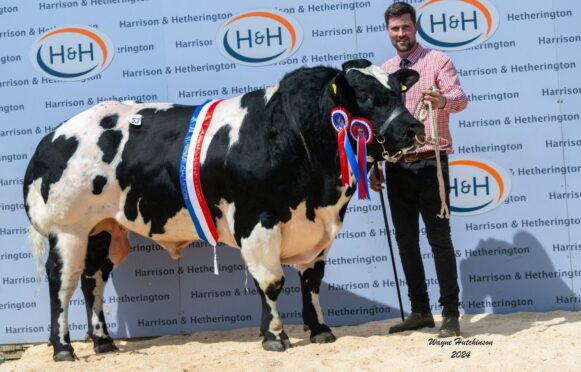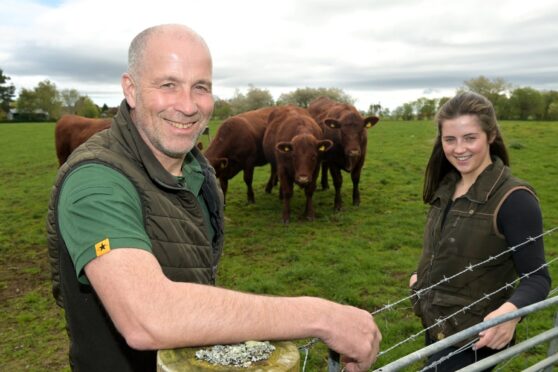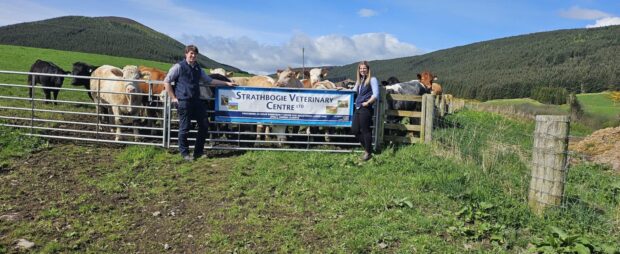Norvite Animal Nutrition adopted the term “precision nutrition” as a framework for balancing the supply and requirements of minerals and trace elements.
As specialists in Animal Nutrition, Norvite recognises that different situations require different solutions. Target mineral levels may be dynamic, depending on individual farm circumstances, and the solutions require a dynamic response. As a result precision nutrition is not a fixed point, instead it requires regular review.
-
Some Press and Journal online content is funded by outside parties. The revenue from this helps to sustain our independent news gathering. You will always know if you are reading paid-for material as it will be clearly labelled as “Partnership” on the site and on social media channels.
This can take two different forms.
“Presented by”
This means the content has been paid for and produced by the named advertiser.
“In partnership with”
This means the content has been paid for and approved by the named advertiser but written and edited by our own commercial content team.
Reviewing Copper Guidance
In light of Food Standards Agency/Food Standards Scotland reports, the guidance for copper supplementation has changed in recent years. Copper deficiency is the most common trace element deficiency in farm livestock across the United Kingdom. Whilst recognising that primary deficiency this is often exacerbated by high levels of antagonists eg. Iron, Sulphur and Molybdenum referred to as secondary deficiency. Often the legal maximum (40mg/kg DMI in cattle) has been viewed as a target, and where multiple supplementation strategies are used can lead to the maximum permitted level (MPL) being exceeded. A number surveys and studies have reported a high level of overdosed coper on cull cattle and cases of clinical toxicity give cause for concern. Current guidance, published by FSA and APHA, is to aim for half the MPL as a working target, therefore aim for 20mg/kg DM in normal situations.
Selecting Sources
These lower levels are a challenge, particularly in areas where copper deficiency is well documented and understood. Supplementing copper has been achieved commonly with simple salts such as copper sulphate, known for generations as bluestone. During the 1990s and 2000’s a new class of trace elements was introduced in the form of Metal Amino Acid Chelates. These offered a more bioavailable form but at a significantly higher cost which limits their commercial appeal. However, in the past decade a new class of trace element has been approved as a feed additive, in the form of Tri-Basic Hydroxy Chloride Cu2Cl(OH3).
The antimicrobial effect of copper sulphate is well known to anyone who has used it in solution as a foot bath. It therefore follows, that as copper sulphate is very soluble in rumen fluid, it will exert a strong antimicrobial effect on rumen microflora. The Copper Hydroxy Chloride form is poorly soluble at the pH of the rumen environment, and as a result is “rumen friendly”. This has been demonstrated in a series of trials over the past decade, which demonstrate a 3-7% improvement in fibre digestion – fundamental to rumen digestion.
This advantage for microbes does not compromise the availability to the farm animal. In technical terms, the covalent bonds of the Copper Hydroxy Chloride compound are disassociated in the very acidic conditions (pH4) of the abomasum and copper is then available for absorption in the intestine. Spears et al (2004) identified that the copper bioavailability of Copper Hydroxy Chloride was double that of Copper Sulphate, observed in steers which were supplemented over 90 days.
Quality rather than Quantity
Dr Matt Palmer, Norvite’s Ruminant Technical Manager, observes, “We have had a very thorough review and carefully considered optimising copper supply. Our approach to ruminant nutrition is that to feed the animal well, we need to first feed their rumen microbes well. We introduced rumen-friendly copper sources a few years ago. Based on the evidence, we are now confident that Tri-basic Hydroxy Copper is an effective alternative source to copper sulphate and will replace copper sulphate entirely. In the simplest terms this approach is about choosing quality rather than quantity. It is the right thing to do, both for the biology of rumen microbes and farm animals.”
Edward Smith, Norvite’s Managing Director added; “Next year Norvite will celebrate 50 years of supplying farm supplements. I am very pleased that we continue to look to the future with a progressive approach. We take our role as mineral manufacturers very seriously and our team of animal nutritionists and technicians have an clear focus on innovation that is relevant to our customers.”
The change in copper source has been introduced across Norvite’s ruminant range of farm minerals for the winter season and it will be cost neutral.
